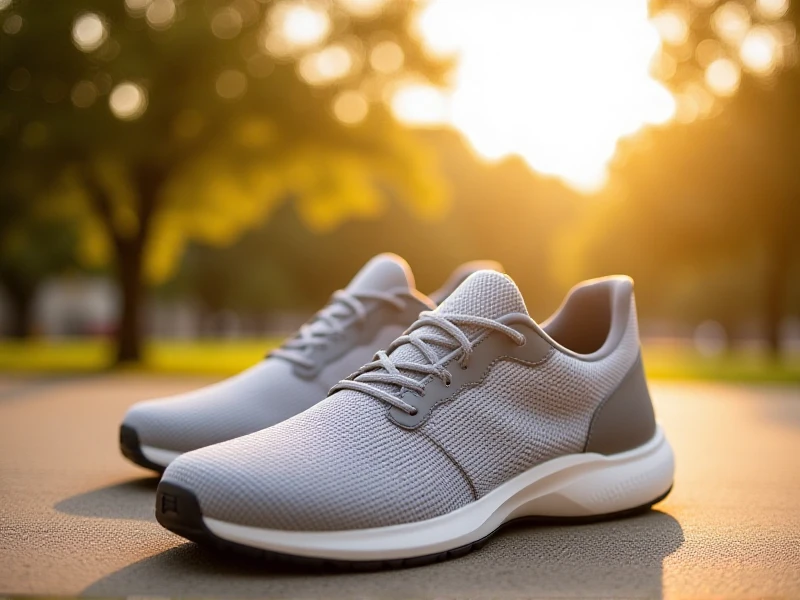
The Ultimate Guide to Choosing the Best Running Shoes in 2023
Running is a fantastic way to stay fit, relieve stress, and explore the outdoors. But to truly enjoy your runs and avoid injuries, choosing the right running shoes is essential. The perfect pair can boost your performance, provide comfort, and support your feet through every mile. In this guide, we'll break down everything runners need to know about selecting the ideal running shoes for their needs, covering types, features, and how to make the best purchase in 2023.
First, understand that running shoes come in various categories. Neutral or cushioned models are great for runners with high arches, offering soft impact absorption on roads. Stability shoes are designed for those with flat feet or overpronation, providing extra support to prevent ankle rolls. Trail shoes feature aggressive treads and durable outsoles for off-road adventures. Lightweight options prioritize speed and agility, while maximalist shoes add extra padding for long-distance comfort. Consider your typical running surfaces—pavement, trails, or tracks—to narrow down your choices.
Next, focus on key features for optimal fit and function. Look for cushioning levels; too much can slow you down, while too little may cause pain. The midsole is where the magic happens, with materials like EVA or advanced foams offering responsive bounce. For breathability, mesh uppers are a must to prevent overheating. Also, check the drop—the height difference between heel and toe. A standard 8-12mm drop suits most runners, but zero-drop shoes mimic barefoot running for natural form. Always try on shoes with your usual running socks, and allow space (about a thumb's width) in the toe box to avoid blisters.
In 2023, sustainability is a big trend in running shoes. Brands now incorporate recycled materials and eco-friendly designs without compromising durability or support. For example, models with recycled polyester uppers and plant-based foams are gaining popularity for their light, guilt-free performance. Before buying, analyze your gait: if you pronate (foot rolls inward), stability shoes can correct this and reduce injury risks. Remember, replace running shoes every 300-500 miles as cushioning wears out over time.
In conclusion, investing in high-quality running shoes transforms your running experience by enhancing comfort and protecting your joints. Take the time to assess your needs, try different models, and choose wisely to stay injury-free and motivated. Explore our site for personalized recommendations or expert fitting advice to find your perfect pair today!